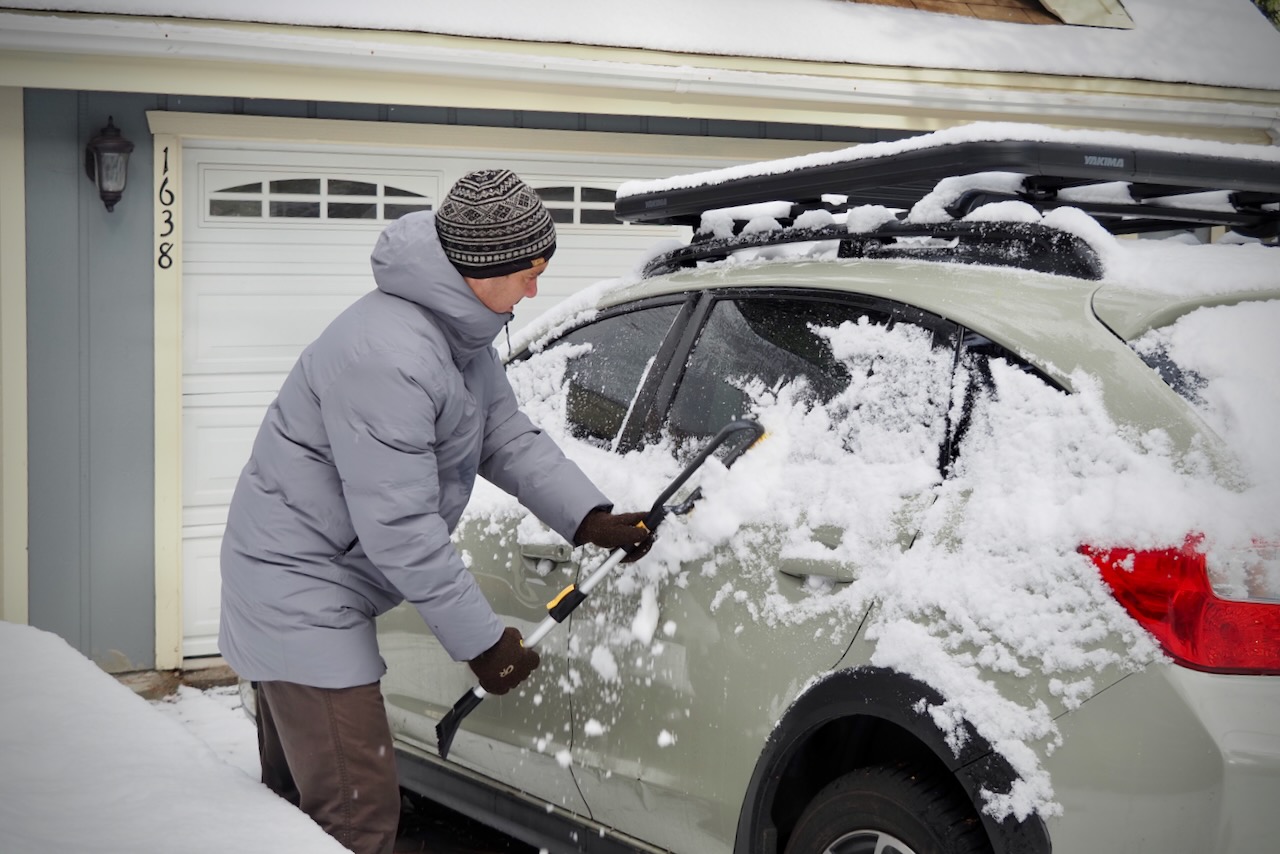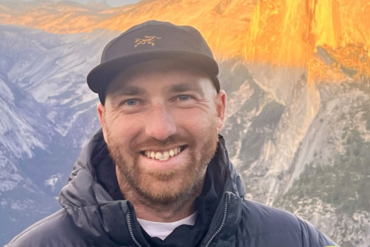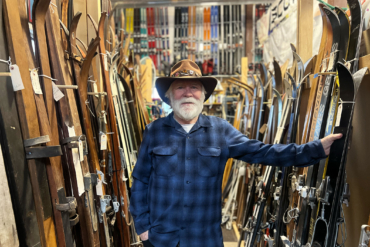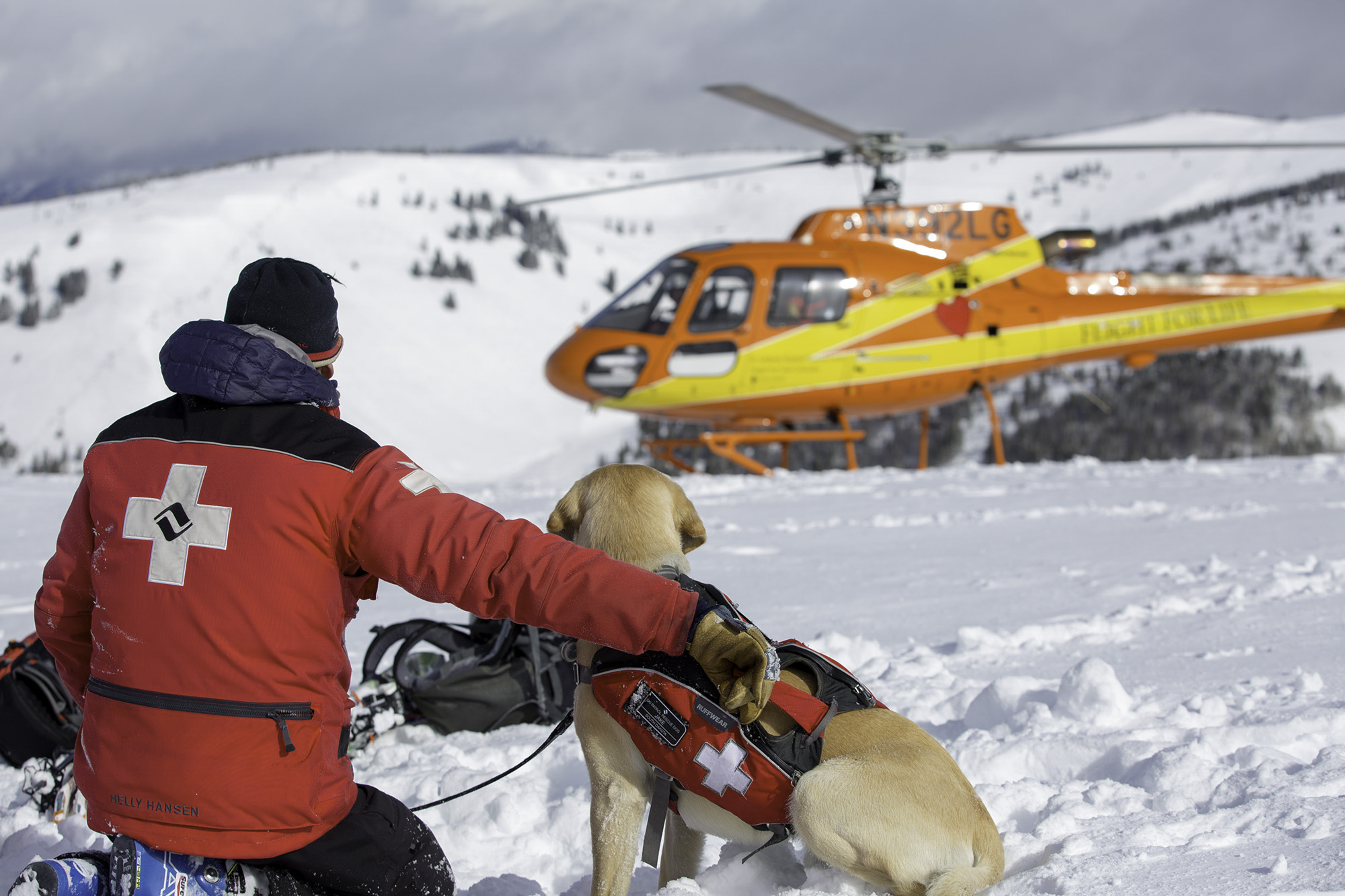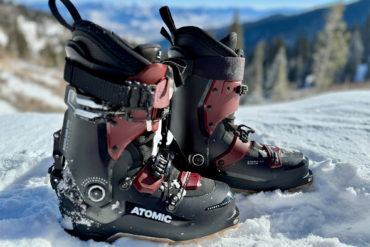That exceedingly rare ski town magic still exists in Telluride, Colorado. Trust us, you’ll feel it as soon as you turn onto Highway 145 and follow the snaking San Miguel River up the red-rock canyon beneath the spired San Juans.
You’ll also feel the magic of Telluride strolling down just-so streets lined with Western-style storefronts, several of which slang skis, boards, and the necessary accouterments. Of course, that magic rises to a fever pitch on a powder day, when the coffee shops are slammed with buzzing powderhounds (who, judging by the stoke, don’t require further caffeinating).
It’s a place where a single turn can make you forget the harrowing six-and-a-half-hour drive from Denver that got you there. Those are the days we live for — and the ones that make a trip to this far-flung ski town worth the trek.
I had an epic time exploring Telluride, Colorado, and the San Juan mountains last winter (and on a few other occasions), and I’m already jonesing to go back. Below, you’ll find a skier and snowboarder’s guide to Telluride, replete with tips on where to ride in bounds and out, accommodations for multiple budgets, restaurant recommendations, travel considerations, and more.
In-Bounds Action: Something for Everyone, but More for the Experts
While Telluride Ski Resort is most famous for its advanced terrain, the area is more than welcoming of beginners and intermediates, too. Of the resort’s 2,000+ skiable acres, 41% is considered expert terrain, 36% is intermediate, and 23% is beginner.
Between the 19 lifts and hike-to access — not to mention the world-class sidecountry access, which we’ll address in the next section — action is on tap in Telluride, and it’s always happy hour.
For Beginners

Much of the beginner terrain is centered around the Mountain Village zone, a plus for beginners as advanced skiers and riders tend to gravitate elsewhere. This makes already-stellar hotels in Mountain Village like The Peaks and Mountain Lodge Telluride even more attractive options for beginners due to their ski-in, ski-out locations.
That said, if you’re staying in downtown Telluride and you’re a beginner, be sure to take Lift 7 or the gondola first thing in the morning — you don’t want to end up on Oak Street Lift (Lift 8) and Plunge Lift (Lift 9) and stare down advanced and intermediate terrain without a warmup.
Sunshine Express’s (Lift 10) long, winding runs are a consummate canvas for practicing turns. The terrain skier’s left of Prospect Express, accessible from Sunshine via the Ute Park Chair, is also worth checking out.
From the top of Prospect, you can ride Telluride’s longest run — and one of the longest in Colorado — a forgiving “double green” dubbed Galloping Goose, for a whopping 4.6 miles. It’s certainly a long run, but it’s not a challenging one — the biggest hazards on this pitch are running out of speed, cramping up, and daydream-related wipeouts — but it’s worth exploring if you prefer to tick off Telluride’s longest run instead of its steepest.
Also, like many of the runs around these parts, the name “Galloping Goose” is an homage to Telluride’s history. The Galloping Geese were a handful of railcars cobbled together in Telluride’s down-valley neighbor, Ridgeway, Colo., out of automobiles in the 1930s, and then used for the following 20 decades to deliver mail to difficult-to-serve Rocky Mountain towns. The Galloping Goose is also the homage title of Telluride’s eco-friendly town shuttle that runs today.
A note on lift names and numbers: As you may have gathered from the above section, Telluride chairlifts are referred to by both a name and a number; the exception being the creatively named “Lift 7.” You’ll often hear locals refer to the lifts strictly by their number, which can be confusing if you’re asking for directions. That being said, you can find both names and numbers on Telluride Resort’s trail maps.
For Intermediates
Telluride’s intermediate terrain is varied, fun, and easy to find. From town, you can take Oak Street Lift (8) to Plunge Lift (9) and rip down the cruisy, sustained See Forever groomer, which, as you can guess, provides jaw-dropping vantages of the surrounding San Juans and beyond.
On bluebird days, you can check out 14ers Mt. Wilson, Wilson Peak, and Mt. Sneffels — and you can even see across state lines to the La Sals rising from the Utah desert. From See Forever, you can return to town or dip into the village zone and ride the Village Express (Lift 4).
The Village Express grants access to a handful of fun, bombable groomers and manageable albeit more technical bump runs. It’s also your conduit to Telluride’s main terrain park, which you can see looker’s left of the chair on your way up.
Prospect Express (Lift 12) offers more blues, including a couple of exciting chutes through the trees and pleasant glade skiing. If you’re an intermediate, don’t miss Polar Queen (Lift 5): every single run off that mid-mountain lift is a blue, allowing you to explore the zone freely.
For Advanced and Expert Skiers
Advanced and expert skiers will want to join the early bird throngs in the Lift 8 line on a powder day, hoping to scramble up to Lift 9 and then score fresh tracks down fall-line double-black steeps like Power Line, The Plunge, Lower Plunge, and Mine Shaft back toward town.
If you hit that right, it just might be the run of your winter. If powder’s scarce, Plunge is a local favorite: it’s steep, groomed, and lets you punch the gas as much as your courage — or foolishness — allows. Or, you can push over the ridge and check out Apex, Gold Hill, and Revelation, which are full of steep bowls, powder bumps, log drops, and tree turns.
While much of Telluride’s advanced terrain is groomed, expect bumps aplenty, and on shallow powder days, expect moguls lurking underneath that beckoning blower. Check the snow report for a detailed grooming update as well as info on open lifts, snow, and more.

Prospect has some of the best access to advanced terrain, too — you just have to hike for it. Telluride’s Palmyra is an exposed peak accessed via a long, strenuous hike that’s not always open due to avalanche conditions. But, if conditions are firing, it’s a worthy objective for expert, fit skiers accustomed to earning their turns.
The lofty, lung-busting summit tops out at 13,150 feet and offers skiers in-bounds trophy lines like Senior’s off the top, Roy Boy skier’s right over a rib, and more open but still steep and spicy Tram Shot, Sunrise, and Electric Shock.
As you bootpack the ridge, you’ll be tempted by chutes banking hiker’s left into the resort that get steadily longer and more pronounced. Eventually, you’ll get to Black Iron Bowl, with local favorites Dihedral Chute and Mountain Quail.
Expect the hike from the top of Prospect to Black Iron Bowl to take about 30 minutes (depending on your fitness level, of course). Then it’s another hour to an hour-and-a-half up to the top of Palmyra.
Of course, this terrain isn’t always open (hopefully, there’s lucky timing with your visit), and it’s a very long hike at super-high altitude. Even the first-reached hike-to runs lower down — Confidence, La Rosa, Genevieve — are a rite of passage for those visiting Telluride. These chutes and treed corridors are quickly accessed, bank hiker’s left into the resort, and get steadily longer and more pronounced as you walk the ridge.
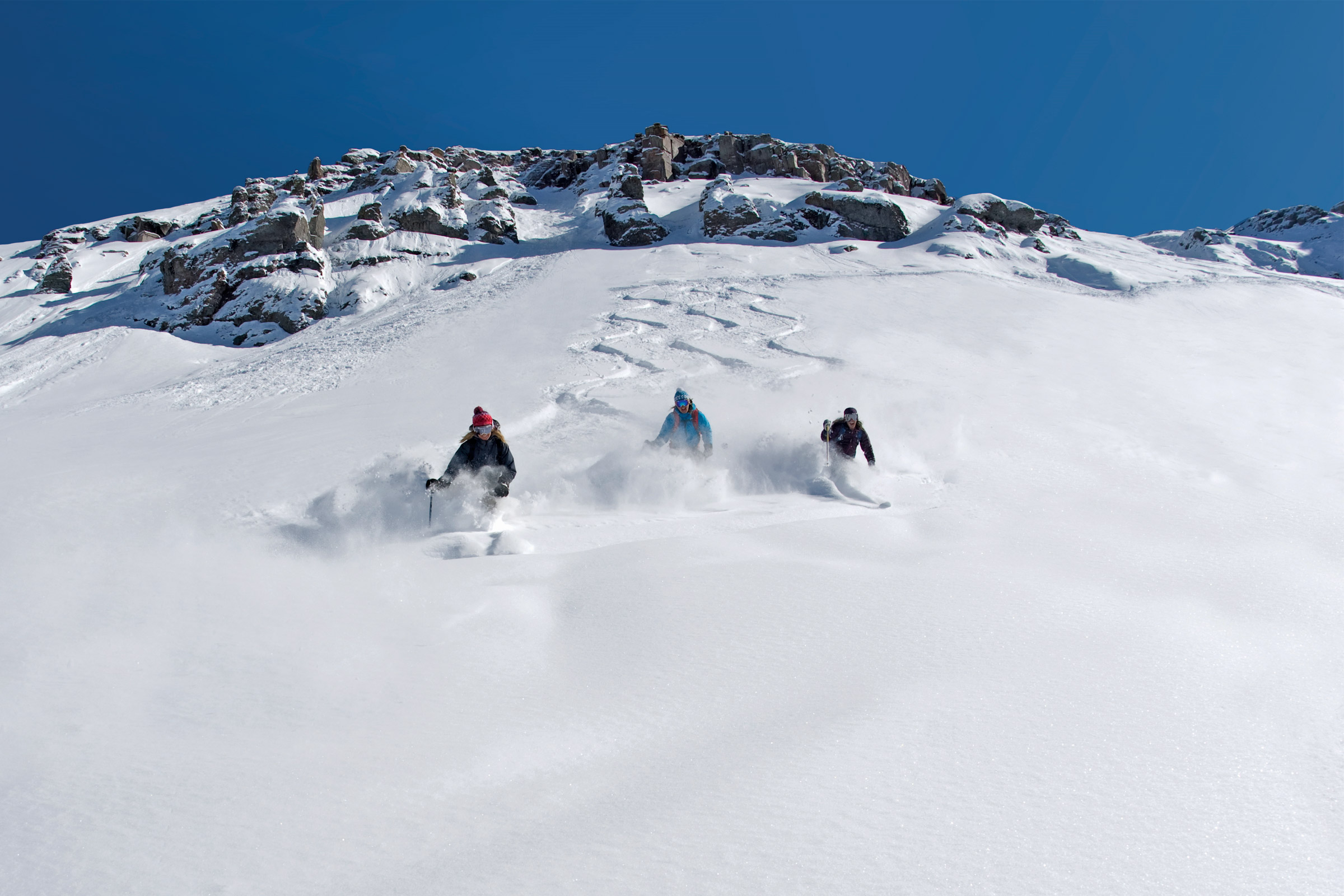
Hike-to terrain also exists on the opposite wall of the Palmyra Basin, a zone referred to as the Gold Hill Chutes. Ten steep double-black chutes drop off the ridge, but Chutes 3 through 5 are permanently closed. You can access Chute 1 via traverse off the top of Gold Hill Express (6), but the rest require a bump up Revelation (Lift 15) and a quick hike up the Gold Hill access road, which wraps around the back of the ridge.
Chutes 6-10 aren’t open regularly, so check in with mountain ops or the snow report. Another rite of passage for the expert skier, Chutes 9 and 10 are gained via the Gold Hill Stairs — a rad stairway and sky bridge — that’s well worth checking out.
Finally, there’s Bald Mountain, with more hike-to terrain (about 20-30 minutes) via a gate on Upper Galloping Goose — score these open glades on a powder day and you’ll be smiling all the way back to town.
Check out this post from Telluride Ski Resort’s blog for more hike-to info and maps.
Out-of-Bounds: Bear Creek and Beyond

The above hike-to terrain was all, believe it or not, in-bounds. As you explore the resort or pour over the Telluride Ski Resort map ahead of your trip, you’ll no doubt notice several backcountry access points, most of which feed into the notorious Bear Creek drainage. There’s one at the top of Lift 9, two off of the Revelation and the Gold Hill Access Road, one off the top of Palmyra, and one looker’s right off Prospect.
However, the Bear Creek sidecountry is no joke. Impassable cliff bands abound, and getting cliffed out is a real possibility if you don’t know where you’re going. Factor in the infamously sketchy, avalanche-prone San Juan snowpack, terrain traps galore, and heavy traffic and you have a recipe for serious injuries and fatalities.
As such, we won’t be outlining specific lines here. Instead, we’ll point you toward a few resources we recommend you use to explore Bear Creek sidecountry, Alta Lakes sidecountry, and surrounding backcountry zones safely and responsibly.
Local Avalanche Safety Resources
Colorado Avalanche Information Center: If you’re a backcountry skier in Colorado, chances are you already have this site bookmarked. It’s a smart idea to follow forecasts throughout the season so that when you do venture out, you have a deeper understanding of the snowpack.
San Juan Snowcast: Chris Dickson, a ski guide and avalanche course instructor for local outfit Mountain Trip, also hosts the recently launched San Juan Snowcast. During the winter, the podcast gives listeners a week-by-week breakdown of avalanche conditions, analyzes forecasts and incident reports, and touches on backcountry tidbits — consider it educational yet entertaining homework if you’re heading to Dickson’s backyard range.
Guiding Resources
Mountain Trip: When you’re exploring a notorious zone like Bear Creek — or the San Juans in general — it’s a solid idea to tap local guides.
Not only do local guides know the terrain intimately so you won’t get cliffed out, but they also dig pits and have boots on the ground all winter long, giving them an unparalleled grasp on the snowpack. Even if you’re an experienced backcountry skier, it’s a smart play to get a day or two of guiding to get a lay of the land before poking out with your crew.
Mountain Trip, a world-famous guiding operation that guides the Seven Summits and is the only accredited AMGA guiding outfit in town, calls Telluride home. The outfit will happily guide you on sidecountry days into Bear Creek as well as backcountry tours, hut trips, and even a Bridal Veil Backcountry Ski Camp designed to get skiers and splitters ready for bigger expeditions in Alaska and the Alps.
Additionally, if you’re new to the backcountry, Mountain Trip can cater sidecountry trips to your skill level — they may take you to the Alta Lakes zone, which is located south of the ski resort and is generally less demanding compared to Bear Creek. This guiding company also offers avalanche safety courses so you can learn the right way.
Helitrax: Lift-serviced backcountry not fast enough for you? Check out Helitrax, a heli-skiing operation that’s been based out of Telluride since 1982.
Where to Stay
Ski-In, Ski-Out Luxury: The Peaks Resort and Spa

Perched on the outskirts of Mountain Village like a ski-in, ski-out French chateau, The Peaks Resort and Spa is the definition of slope-side luxury.
The stone-floored great room is lined with massive windows that overlook the San Juans. Leather chairs beckon next to a roaring fire — an idyllic vantage point to take in the sunset. Rooms are comfortable, luxe, and spic and span, with cloud-like king-size beds that will have you snoring in minutes after a bell-to-bell ski day.
Room configurations include single kings, single kings with sleeper sofas, and double kings. While the pricing is on the steep side, it’s worth it for the resort’s attention to detail, unbeatable location, and amenities.
Our favorite aspect of The Peaks — aside from smashing a succulent bar burger and a beer during happy hour at the Altezza, the resort’s panoramic restaurant (more on that below) — was the spa. At 42,000 square feet, it’s apparently the biggest spa in the state.
Sounds about right — to be honest, we’re not big spa people. But we’d just spent a week riding in Jackson Hole, and then drove 10 hours from Jackson to Telluride. And long story short, the spa was just what we needed.
We splurged on massages that, minute by eucalyptus-oiled minute, got us back into riding shape. We also hit the heated indoor pool, heated outdoor pool, and of course, the hot tubs, all perfect for soaking after a day of skiing.
Pro tip: Even if you’re not staying at the Peaks, it’s worth swinging by for the day. One of our editors who grew up in Telluride says the lavish changing rooms alone are worth a visit — thanks to steam rooms, saunas, and lavish lounging and changing areas. It’s $60 for a day rate, or you can get a complimentary pass with the purchase of a spa treatment or private yoga, training, or Pilates session.
Home Sweet Home: Mountain Lodge Telluride

If you’re looking for an upscale yet homey vibe, Mountain Lodge Telluride is the way to go. The slopeside Mountain Village resort offers a number of accommodation options:
- Lodge Rooms, essentially hotel-style rooms with Colorado cabin flair.
- Condos and suites that can sleep from two to seven, replete with fireplaces, living rooms, and a kitchen. We crashed in a suite and loved it. After a couple of weeks on the road last winter, it was a breath of fresh air to have a full kitchen and be able to cook meals. Highly recommend.
- Private, lavish log cabins that sleep up to 10.
Bivouacking on a Budget: The Bivvi
If you’re looking for a more affordable option, The Bivvi is a wallet-friendly pick. It’s located 20 minutes outside of Telluride, which isn’t ideal, but the rooms are comfortable and clean.
Best of all, if you’re rolling solo you can get a bed in a shared dorm room for $75 (depending on dates) — a price that simply doesn’t exist in Telluride proper. If you’re traveling with one or two friends, the Super Queen with a Twin Loft room is only $169 and sleeps up to three.
Just because you’re staying outside of town, though, doesn’t mean you need to duke it out for one of Telluride’s limited parking spots: a SMART bus stop right across the street provides direct access to town.
Where to Dine
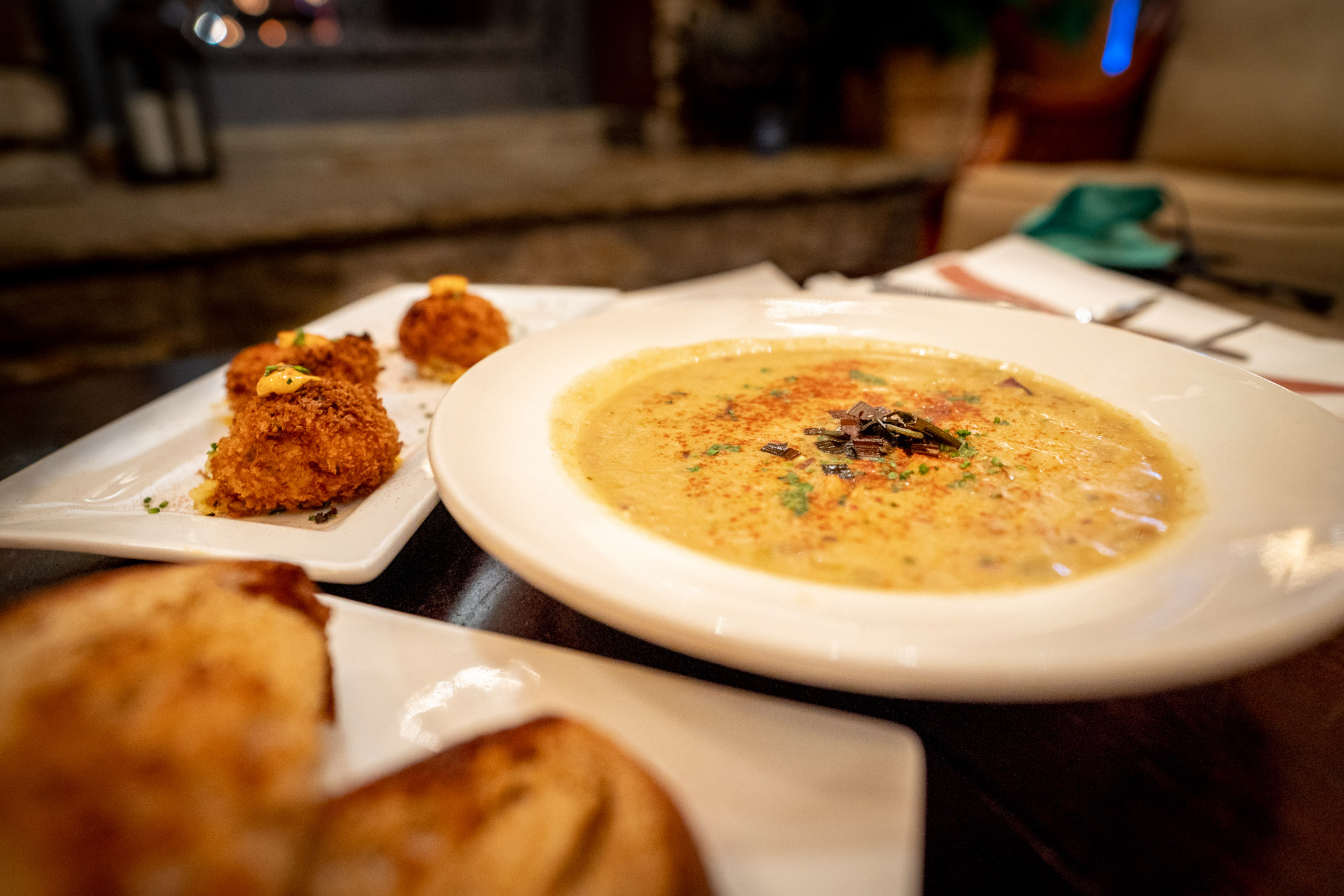
Altezza: The Peaks’ restaurant, Altezza, is a solid choice for those who appreciate fine cuisine as much as top-notch vistas. We’re big fans of the tasty and filling bar menu, which you can enjoy at the bar or in the great room. Bar burger for the win.
The View: Mountain Lodge Telluride’s restaurant, The View, lives up to its name. The lodge décor is on point, the cocktails are delicious, and the happy hour menu kicks ass.
Brown Dog Pizza: Nothing hits after a day on the slopes like hearty pizza and a pint. Brown Dog has you covered on that front. We can confirm: they make some of the best pies around.
For pre-ski coffee, check out the Phoenix Bean, Bruno Coffee Shop in Between the Covers Bookstore, and The Butcher and the Baker.
For ski and snowboard rentals and gear — and some of the best bootfitters on the planet — swing by Bootdoctors. When it comes to liners and insoles, these outfitters have their Ph.Ds. There’s a location both downtown and in Mountain Village.
Getting to and Around Telluride

If you’re Oprah, you might fly directly to Telluride (TEX). But, if you’re not chartering a flight, flying your own jet, or catching one of few Denver Air flights from Phoenix or Denver to Telluride, the best bet for out-of-towners is to fly into Montrose Regional Airport, which is about an hour and a half away if weather and traffic don’t disrupt your plans.
You can fly into Denver, but it’s a long drive at best. In a whiteout, especially in a rental car, you’ll be white-knuckling. No thanks. If you’re local to the Front Range, and have snow tires and a decent playlist, you’ll be fine.
By Vehicle
You can rent a car in Montrose, but we recommend booking a shuttle if you’re staying in the town of Telluride or on the hill in Mountain Village. A car isn’t necessary, aside from a couple of exceptions, which we’ll get to below.
By Foot
If you’re staying in downtown Telluride, you can walk or bus right to the chair. In fact, you can catch two lifts and a free gondola from town, enabling you to access the entire mountain.
If you’re staying in Mountain Village, the free gondola provides access to town from 6:30 a.m. to midnight, so you can ski all day and still go out to dinner and drinks — just make sure you catch the last gondola.
You can hire a car service if you miss the last gondola, but it’s certainly easier not to miss it. If you have a feeling you may want to close out the Last Dollar Saloon (last call’s at 2 a.m.), best to stay in town.
When You (May) Need a Car
Firstly, if you decide to book an Airbnb or stay outside of town, you may want to rent a car. However, there is public transportation, including a local bus loop (free) and an affordable regional bus system (SMART). In fact, there’s a SMART bus stop right in front of the Bivvi, our budget accommodation pick, and it only costs a dollar to get to town.
Backcountry travelers may want a car if they have certain objectives that require a drive — notable zones like Ophir and Red Mountain Pass come to mind. However, the extensive sidecountry accessible from the resort may be more than enough to sate your appetite during your stay.
Unless you’re crashing out of the way, there’s really no need for a car. If you ask us, not having a car while hanging in Telluride makes you slow down and enjoy the town. Stroll here, take the gondola there, why rush? Soak in the magic.
It’s rare, after all.




